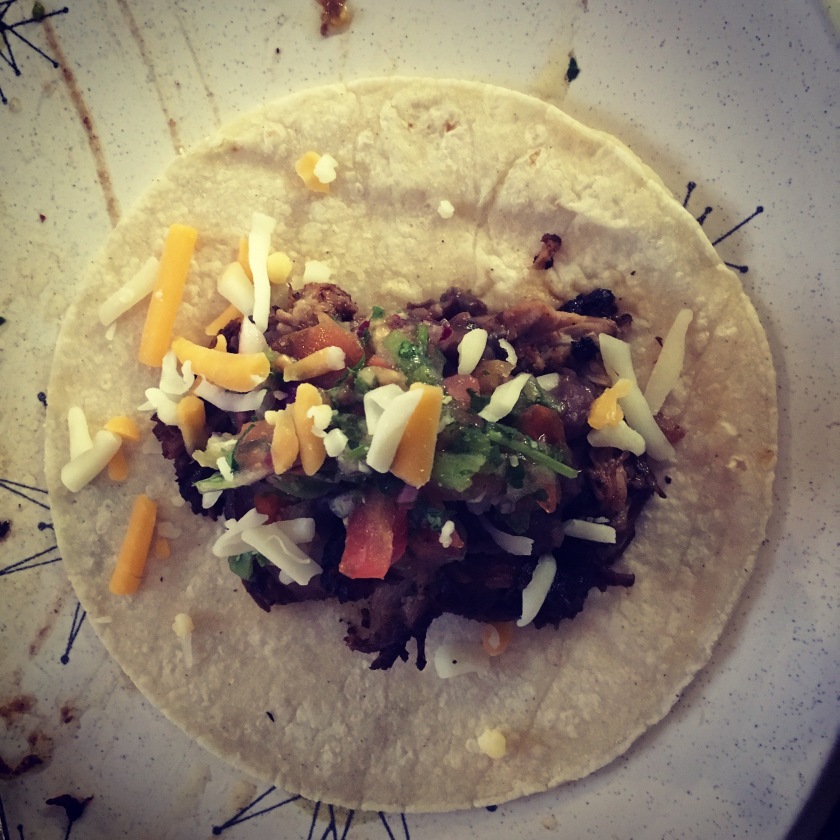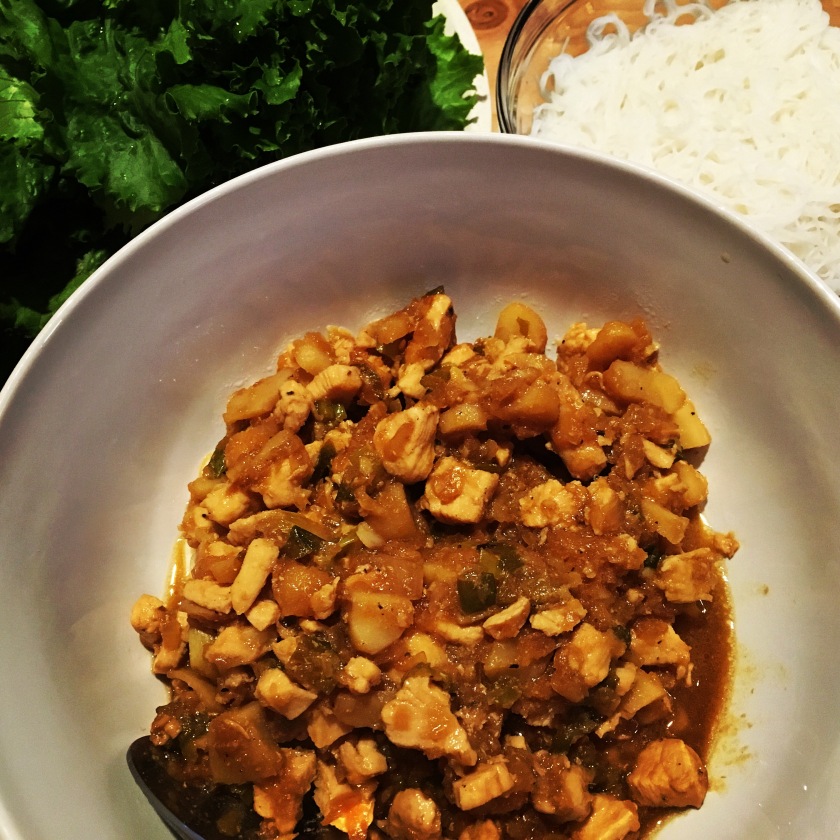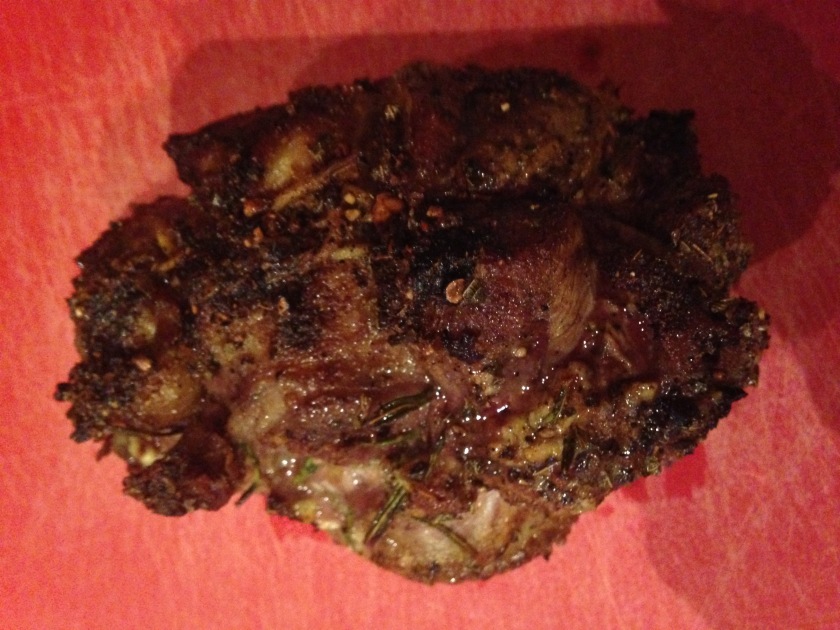 As you may have guessed, I have a great affinity for pork products. While on the surface, it may be the decidedly unglamorous staple of a lunchtime sandwich, the lowly ham can occasionally have center stage at Easter, Christmas, or other large gathering. Usually, it’s one of those 10-pound behemoths purchased from a specialty store or super market that come already glazed and ready to go. Yes, they are delicious and convenient, but you can make a cheaper and much more sophisticated version at home, with about the same amount of skill that it takes to go to the store, buy the ham, and pour whatever glaze concoction it comes with.
As you may have guessed, I have a great affinity for pork products. While on the surface, it may be the decidedly unglamorous staple of a lunchtime sandwich, the lowly ham can occasionally have center stage at Easter, Christmas, or other large gathering. Usually, it’s one of those 10-pound behemoths purchased from a specialty store or super market that come already glazed and ready to go. Yes, they are delicious and convenient, but you can make a cheaper and much more sophisticated version at home, with about the same amount of skill that it takes to go to the store, buy the ham, and pour whatever glaze concoction it comes with.
Another bit of news…You can also buy a mini ham at most grocery stores! Well, why is this exciting, you ask? Well, as it turns out, it is a super easy and fancy looking weeknight dinner with the same minimal effort! It’s especially nice when cooking for two, as you will have leftovers that you can transform into any number of other dishes in the days to come.
I like to re-use in croquetas or gratin aux courgettes.
I usually serve with some mashed potatoes and green peas, but I came across these lemon potatoes from Martha Stewart that paired really nicely as well.

Here is my go-to glaze recipe for a baked ham for two:
1 quarter ham
1/4 cup whole cloves
1 tsp grated orange peel
1/4cup brown sugar
1 heaping tablespoon grain mustard
1 tsp cider vinegar
Preheat oven to 350 degrees.
Score the top of the ham and stud all over with the whole cloves. Place on a roasting pan or baking dish and into the oven for 30 minutes.
In a small bowl, whisk the orange peel, brown sugar, mustard and vinegar together until combined.
When the 30 minutes are up, pour the glaze over the ham and return to the oven for 15 minutes.
Remove the ham from the oven and let it rest for about 10 minutes before slicing and serving.
Notes:
You can switch out the cider vinegar for orange juice.
If the ham is pre-sliced, you don’t need to score it, but I recommend that you tie it together with some butcher’s twine so that it stays together in the oven.
If you are using a whole (8+pound) ham, increase the ingredients accordingly.









